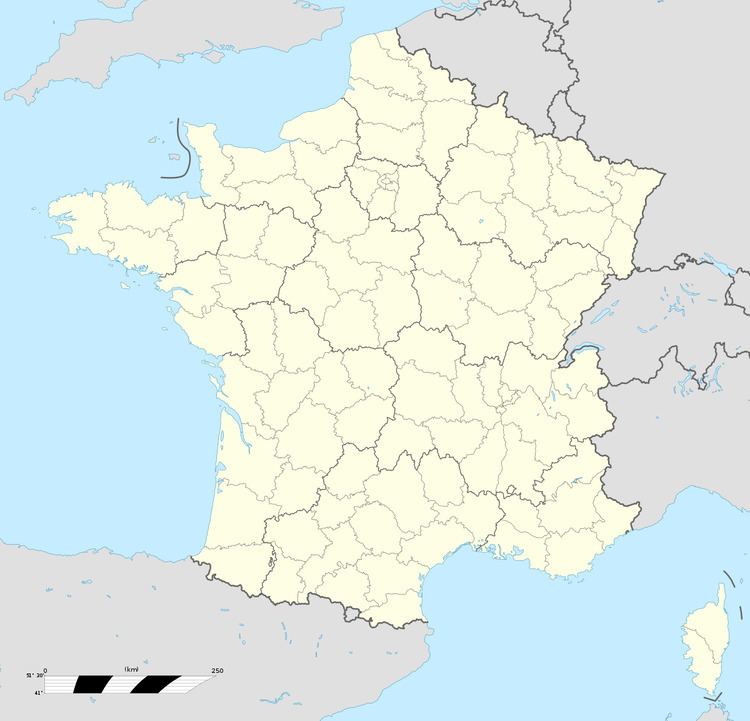In use Abandoned | ||
 | ||
Materials Concrete, steel, deep excavation Similar Ouvrage Bovenberg, Ouvrage Eth, Ouvrage Mottenberg, Ouvrage Téting, Ouvrage Oberheid | ||
Ouvrage Denting is a lesser work (petit ouvrage) of the Maginot Line. Part of the Fortified Sector of Boulay, the ouvrage consists of three infantry blocks, and is located between petits ouvrages Bovenberg and Village Coume, near the village of Denting in Moselle département, facing Germany. The position saw little action in World War II.
Contents
Design and construction
The site was surveyed by CORF (Commission d'Organisation des Régions Fortifiées), the Maginot Line's design and construction agency; Denting was approved for construction in May 1931. It was completed at a cost of 11 million francs by the contractor Duval-Weyrich of Nancy. The petit ouvrage was planned for construction in two phases. The second phase was to provide a separate entrance block a short distance to the rear. Heavy water infiltration required the provision of more extensive drainage work than originally planned.
Description
Denting comprises three infantry blocks. The blocks are linked by deep underground galleries, which also provide space for barracks, utilities and ammunition storage. The galleries are excavated at an average depth of up to 30 metres (98 ft).
Casemates and shelters
In addition to the combat blocks, a detached casemate is near Denting:
Manning
The 1940 manning of the ouvrage under the command of Captain Coste comprised 127 men and 2 officers of the 161st Fortress Infantry Regiment. The units were under the umbrella of the 3rd Army, Army Group 2. The Casernement de Boulay provided peacetime above-ground barracks and support services to Denting and other positions in the area.
History
See Fortified Sector of Boulay for a broader discussion of the Boulay sector of the Maginot Line.Denting played no significant role in either the Battle of France in 1940 or the Lorraine Campaign of 1944. After the Second World War it became part of the Mòle de Boulay, a strongpoint in the northeastern defenses against Soviet attack. Denting remained under Army control until after 1971, when it was declassified and sold.
Current condition
Denting is privately owned, and is in relatively good condition.
